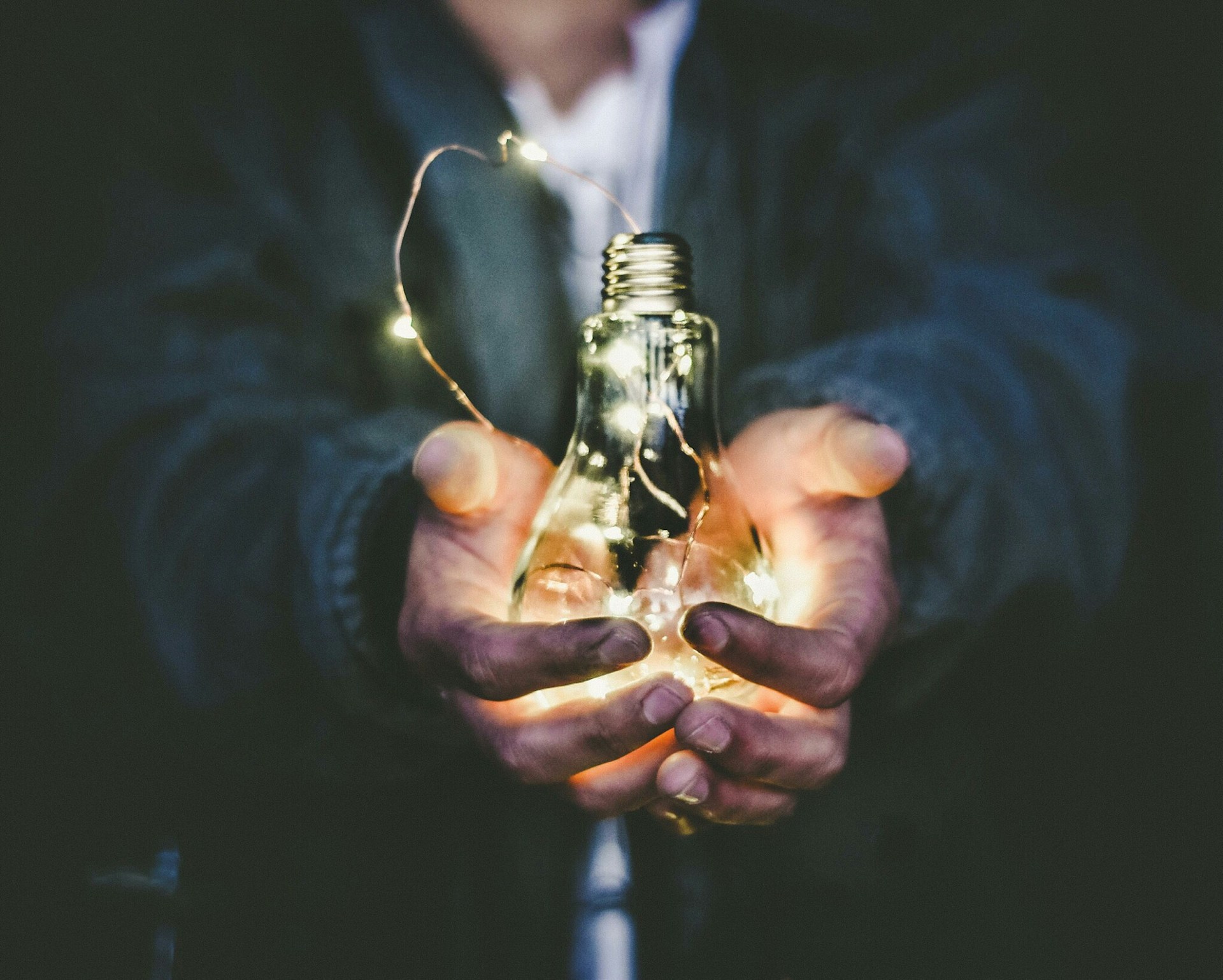

Question: What is One Disadvantage of Becoming More Energy Efficient?
Answer: One disadvantage of becoming more energy efficient is the upfront cost. Energy-efficient appliances, renovations, and vehicles often require a higher initial investment, even if they save money long-term.
The Unexpected Downsides of Energy Efficiency Upgrades
While the numerous advantages of energy efficiency are widely touted, from reduced utility bills to a smaller carbon footprint, a less discussed aspect is the potential for increased upfront costs. This can present a significant hurdle, particularly for homeowners undertaking major renovations or those on a tight budget. Understanding these costs is crucial for making informed decisions about energy-efficient upgrades.
The Initial Investment of Energy Efficiency
The primary disadvantage of pursuing energy efficiency is the often substantial initial investment. Upgrading to energy-efficient appliances, installing better insulation, or replacing windows and doors with high-performance models requires a financial outlay that can seem daunting. While these upgrades typically offer long-term savings, the upfront costs can be a barrier for some homeowners.
Click the link to learn more about real estate agents in Orangeville
Related Article: What is the Most Expensive Energy Source?
Related Article: What is the Most Efficient Form of Energy For a Home?
Balancing Cost and Long-Term Return
Evaluating the cost-effectiveness of energy efficiency upgrades requires a careful assessment of the payback period. This involves calculating the time it takes for the energy savings to equal the initial investment. Factors such as energy consumption patterns, local utility rates, and the lifespan of the upgrades influence the payback period. While some upgrades offer relatively short payback periods, others may take several years to recoup the initial investment.
The Potential for Specialized Labour and Materials
Certain energy-efficient upgrades necessitate specialized labour and materials, potentially increasing costs. Installing solar panels, geothermal heating systems, or high-performance windows often requires contractors with specific expertise. These specialized services typically command higher fees than standard contracting work. Sourcing specialized materials, such as energy-efficient windows or insulation with high R-values, can add to the overall project expenses.
The Psychological Impact of Upfront Costs
Beyond the purely financial aspect, the upfront costs of energy efficiency can also present a psychological barrier. Homeowners may hesitate to invest a significant sum of money, even with the promise of long-term savings. This hesitation can stem from uncertainty about the actual return on investment, concerns about unforeseen expenses, or simply a reluctance to commit to a large financial outlay. This psychological barrier can hinder the widespread adoption of energy-efficient technologies, despite their clear environmental and economic benefits.
The Importance of Professional Guidance
Seeking professional advice is essential for navigating the complexities of energy-efficient upgrades. A qualified energy auditor can assess a home’s energy performance, identify areas for improvement, and provide tailored recommendations. They can also offer guidance on available rebates and incentives, helping homeowners maximize their return on investment. Additionally, working with experienced contractors ensures proper installation and optimizes the performance of energy-efficient technologies.
Specific Considerations for Retrofitting Older Homes
Addressing Existing Issues
Retrofitting older homes for energy efficiency presents unique challenges. Older homes often have underlying structural issues, outdated wiring, or inadequate insulation that require attention before implementing energy-efficient upgrades. Addressing these pre-existing problems adds to the overall cost and complexity of the project. Ignoring these issues can compromise the effectiveness of energy-efficient upgrades and potentially lead to future problems.
Maintaining Architectural Integrity
Balancing energy efficiency with the preservation of architectural integrity is another key consideration for older homes. Replacing original windows with energy-efficient models, for instance, can alter the home’s historical character. Homeowners must carefully select upgrades that complement the home’s aesthetic while achieving the desired energy savings.
Conclusion
While energy efficiency offers numerous benefits, understanding the potential disadvantage of higher upfront costs is essential. Careful planning, thorough research, and professional guidance can help homeowners overcome this financial hurdle and realize the long-term rewards of a more energy-efficient home. By weighing the initial investment against the potential savings and leveraging available resources, homeowners can make informed decisions that benefit both their wallets and the environment. Embracing energy efficiency is a wise investment that pays dividends for years to come. [ 1 ]
References
1. https://www.investopedia.com/investing/pros-and-cons-investing-energyefficient-buildings/


